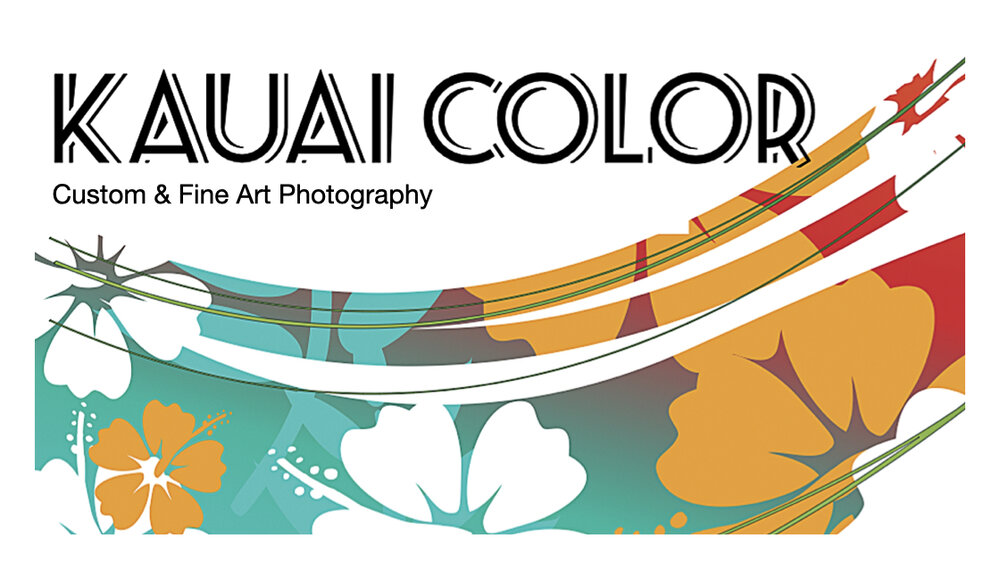I grew up on the west coast of Florida and the tranquil waters of the Gulf of Mexico. Later I lived in southeast Florida, and also spent years on north Florida's great beaches. While there were occasional strong rip currents, the Atlantic beaches were user-friendly and generally safe.
The Pacific ocean here is much different. Kauai experiences 12 to 15 drownings a year, and most are visitors. We are on tiny islands in the midst of an ocean that covers one-third of the planet. "Force of nature" does not adequately describe the power of the wind and waves and currents moving around the islands. A sandy beach with coconut trees and aqua water is seductive. Just don't be lulled into complacency. A few tips to stay safe on Hawaii's beaches:
-Check current conditions at https://hawaiibeachsafety.com/kauai. This is an excellent resource for beach information.
- Swim where there are lifeguards. Hawaii’s ocean safety staff are world-class. Ask them about water conditions - you don't want to dive into surf with stinging jellyfish, for example.
- If there are no lifeguards, don't go in the water if no one else is in the water. If locals are not in the water, there is a good reason for it. If in doubt, don't go above ankle deep.
- If you want to surf, boogie board, body surf, etc. observe conditions and ask a local about currents, rocks, and reefs. Folks are in emergency rooms daily with cuts, contusions and broken bones.
- Don't sit on the beach at a low point or even a small gully. A sneaker wave moves way faster than you can run. I've seen families get knocked head over heels with blankets, chairs, and electronics scattered everywhere.
- Exploring tidal pools and shoreline reefs is fun. Just wear something on your feet - rock and coral are sharp! Beware slippery algae on the rocks. Clean any cuts or scrapes immediately. And never ever turn your back on the ocean!
Don't be a statistic - use common sense and respect the ocean.

